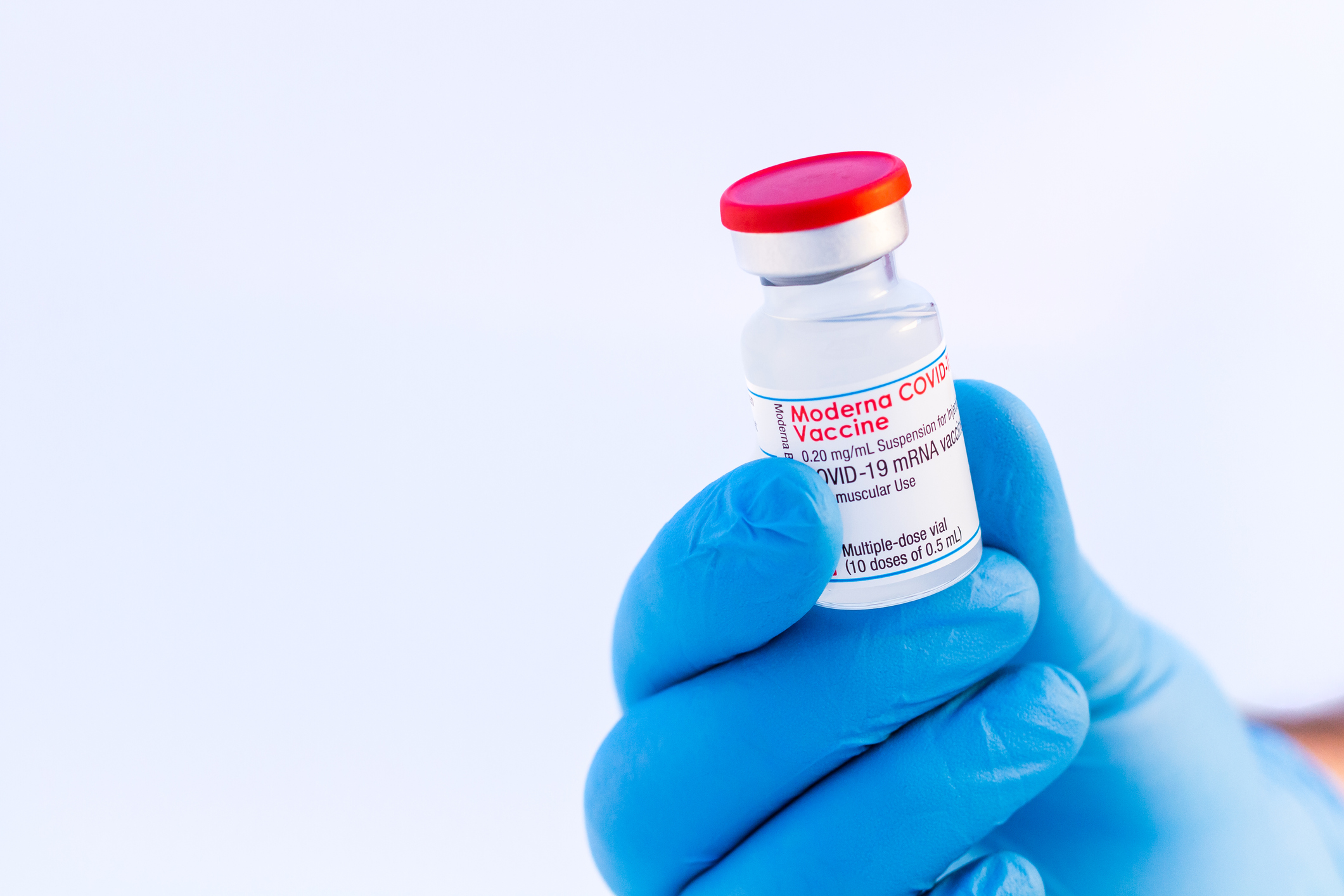
While U.S. health officials are still debating the best way forward when it comes to COVID-19 vaccine boosters, one thing was clear when experts convened by the Food and Drug Administration (FDA) met for a recent committee discussion: to get longer-lasting and stronger immune responses, the next booster might have to target more than one strain of SARS-CoV-2. That would make COVID-19 vaccines similar to the annual flu shot, which normally helps the body to generate immunity against up to three different influenza strains.
On April 19, Moderna, which makes one of the two mRNA vaccines available in the U.S., reported results of the first such combination vaccine. The results were published on a pre-print server and have not been peer-reviewed yet.
In the study, which involved nearly 900 people who had been vaccinated with a primary series of two doses of Moderna’s original vaccine, received a booster of the new vaccine at least six months after the initial shots. About 300 people received a half-dose booster, and nearly 600 received a full dose of the new shot. The new vaccine contained equal amounts of viral genetic material that would help the body’s immune cells produce antibodies against both the original version of the virus and against Beta, one of several variants that have emerged over the past two years. Another 171 people served as the comparison group and received the original vaccine, at half the dose as the primary series, as a booster dose—as currently recommended by the FDA and Centers for Disease Control and Prevention.
Overall, the combination booster generated higher antibody responses than those produced by the original booster against not just the original virus strain but against others as well, including Delta and Omicron, even though the new vaccine did not target those and was designed to focus on Beta specifically. Such cross-reactivity is an encouraging sign that combining different strains may elicit a more robust immune response against a number of different variants. With respect to Omicron in particular, the new booster, at half the dose of the original primary series, containing genetic information from both the original virus and Beta variant generated more than twice as many antibodies compared to the original booster—even up to six months after the shot. The full dose generated more antibodies, but also slightly higher rates of adverse reactions.
While antibodies contribute to only one type of immunity provided by vaccines, they are important for lowering the risk of getting infected with the virus, as well as reducing the chances of developing severe symptoms of COVID-19.
The half dose of the new vaccine wasn’t associated with any more adverse events than the currently authorized half-dose booster against the original strain. The full dose of the new vaccine, however, was linked to a slightly higher risk of side effects, similar to the full dose of the original booster, reinforcing the company’s previous decision to request authorization of its original booster at half the dose of the primary series.
While the results of the latest study are promising, Moderna is also studying a combination booster that targets Omicron and the original strain. Those results are expected later this spring. Given the prevalence of Omicron and its subvariant BA.2 around the world, the company’s scientists expect that the combined Omicron booster might be a stronger candidate for consideration as the U.S.’s next booster shot in the fall, but that decision won’t be made until the results of that study are available.
More Must-Reads from TIME
- Donald Trump Is TIME's 2024 Person of the Year
- Why We Chose Trump as Person of the Year
- Is Intermittent Fasting Good or Bad for You?
- The 100 Must-Read Books of 2024
- The 20 Best Christmas TV Episodes
- Column: If Optimism Feels Ridiculous Now, Try Hope
- The Future of Climate Action Is Trade Policy
- Merle Bombardieri Is Helping People Make the Baby Decision
Contact us at letters@time.com